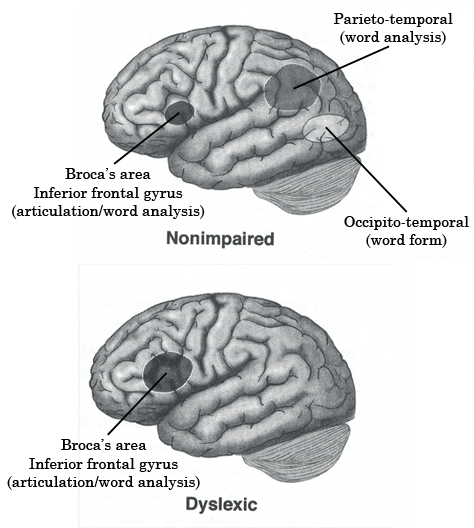New discovery supports existence of dyslexia subtypes
 Washington, June 25 : Researchers from University of Edinburgh have found certain neurological differences that can support the existence of various subtypes of dyslexia.
Washington, June 25 : Researchers from University of Edinburgh have found certain neurological differences that can support the existence of various subtypes of dyslexia.
These differences can be linked to different language difficulties within the dyslexic group.
With the help of magnetic resonance imaging (MRI), the researchers compared the brains of people with dyslexia with normal readers.
They found that parts of the right hemisphere of the brains of people with dyslexia differ from those of normal readers.
Lead researcher Cyril Pernet, from the University of Edinburgh, worked with a team of researchers to compare the brains of 38 people with dyslexia to a model ''typical brain'' created by combining the scans of 39 normal readers.
In all cases, differences could be seen in either the right cerebellar declive or the right lentiform nucleus. These were associated with varying performance in language tests.
"These results provide evidence for the existence of various subtypes of dyslexia characterized by different brain phenotypes," said Pernet.
The study appears in open access journal BMC Neuroscience. (ANI)